Here's What You Need to Know About Homeowners Insurance and Storm Damage
Homeowner's insurance is a standard cost of owning a home. It covers damages that you otherwise might not afford and protects your home in the case of an accident.
Instead of paying hundreds to repair your heating and cooling systems, you could pay a fraction of that cost.
But does insurance cover weather damage? And if so, how do you navigate all of that paperwork you'll have to fill out afterward?
Here's everything you need to know about your homeowner's insurance and storm damage insurance claims.
Homeowners Insurance and Storm Damage Coverage
Your standard homeowner's insurance provides a certain level of coverage that varies from state to state to some extent. For the most part, you can expect it to help pay for falling trees, fire damage, and theft or vandalism.As for storm damage to a home, it depends on your policy.
In 2018, Texas alone had over 508 instances of hail. That damage can cost homeowners hundreds of dollars in repairs without insurance.
Meanwhile, Florida almost never has hail. The likelihood that an insurance provider would offer hail insurance is much smaller than in other states.
Here are some types of damage your standard insurance will cover.
Water Damage
Water damage, for the most part, is included in your policy. This includes a burst pipe or if your washing machine overflows and causes damage to your floor.Past that, however, whether damages are covered or not depends on your policy and if you've purchased additional coverage.
If mold has developed after water damage, you may or may not have coverage. In some cases, it's considered the result of a lack of maintenance, and the fault lies with you.
For a leaky roof, some policies cover water damage resulting from the damaged roof, but may not pay to repair the source of the leak. You'll likely have to reach out to a roofing repair company yourself.
Windows and Doors
Home insurance usually covers broken windows resulting from vandalism, hail, or a fire. Specialty storm coverage will offer better rates.If a window is broken by yourself or a child on accident, then there is no coverage and you'll have to pay for repairs yourself. The same applies to your doors.
In the case that a storm damages your yard, shed, or fencing, you're most likely going to require specialized insurance to cover the repairs.
Theft and Fire
Theft and fire damages are covered by most homeowners insurance policies. However, they won't pay for every little thing that gets damaged.For example, jewelry, valuable artwork, or collectibles will usually exceed what your standard policy will cover and require specialized insurance.
What It Doesn't Cover
While homeowners insurance does cover some types of weather damage, there are some that aren't covered. What's available will depend on your area, and how much it costs could change significantly if your home is in a high-risk area.Flooding
Flooding, for example, isn't generally covered by homeowners insurance. You can include it in your storm damage insurance claims, but you'll have to make the case that the flooding was unavoidable.The reason it's not covered is that flooding is hard to predict. It's also very common, which is why insurance companies aren't ready to cover all the various flood damages that inevitably pop up throughout the year.
If your home is in a flood zone though, flood insurance may be a requirement.
Termite Damage
While not a natural disaster, termite damage is a natural occurrence. It's also highly preventable, with the blame usually put on the homeowner's lack of proper maintenance.Some insurers may provide some coverage if the damage is substantial.
Earthquake Coverage
Although earthquakes are a major risk in multiple states, it's offered by many insurers either as an add-on or an entirely separate policy.Most people don't even bother to purchase earthquake coverage. In fact, only 10% of California homeowners purchase earthquake insurance.
For anyone living in a high-risk area, it's worth the investment. Damages can range from broken furniture to a completely uninhabitable house, and you can get additional living expenses while it gets rebuilt.
Storm Damage Insurance Claims
The best homeowners insurance is going to differ from area to area. If you live in a location known for tornados and hurricanes, it's worth looking for a policy that includes storm damage insurance claims.More often than not, that'll come from an external, additional coverage option such as a separate policy or through your state's FAIR or Beach plans.
Damage due to a lightning strike is fortunately covered by a standard homeowners insurance policy, as they happen infrequently enough. Up north, you'll also find coverage for problems caused by cold weather.
Finding the Best Homeowners Insurance Quote
Before you're offered a quote, prepare for a home inspection. They'll assess risk factors and decide from that how much you'll have to pay.If you're in an area with hurricane seasons, make sure to trim away any branches and trees that could damage your home. Secure your outdoor furniture and guarantee the policy provider that you're prepared to fortify your windows and entryways when a storm is approaching.
Remember to address hidden issues as well, such as plumbing and evidence of termites. Cracks or an uneven foundation may render your home uninsurable.
The safer your home appears, the better the deal you'll get.
Insurance Claims Specialists
While homeowners insurance and storm damage don't necessarily go hand in hand, there are options available for you if you want them. Either you can choose to purchase a supplemental plan from the initial provider, or you can look elsewhere.In the case of storm damage to your home, reach out to our estimator to know exactly what your insurance company needs to process your claims. If something isn't covered, you can always finance the repairs.
Subscribe to Amos Exteriors's Blog



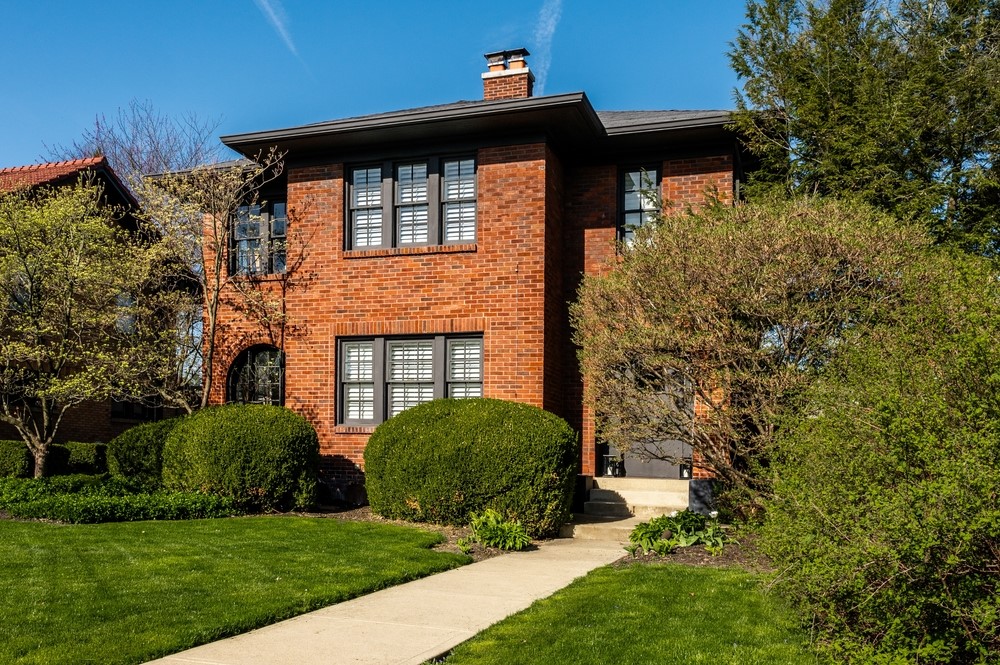
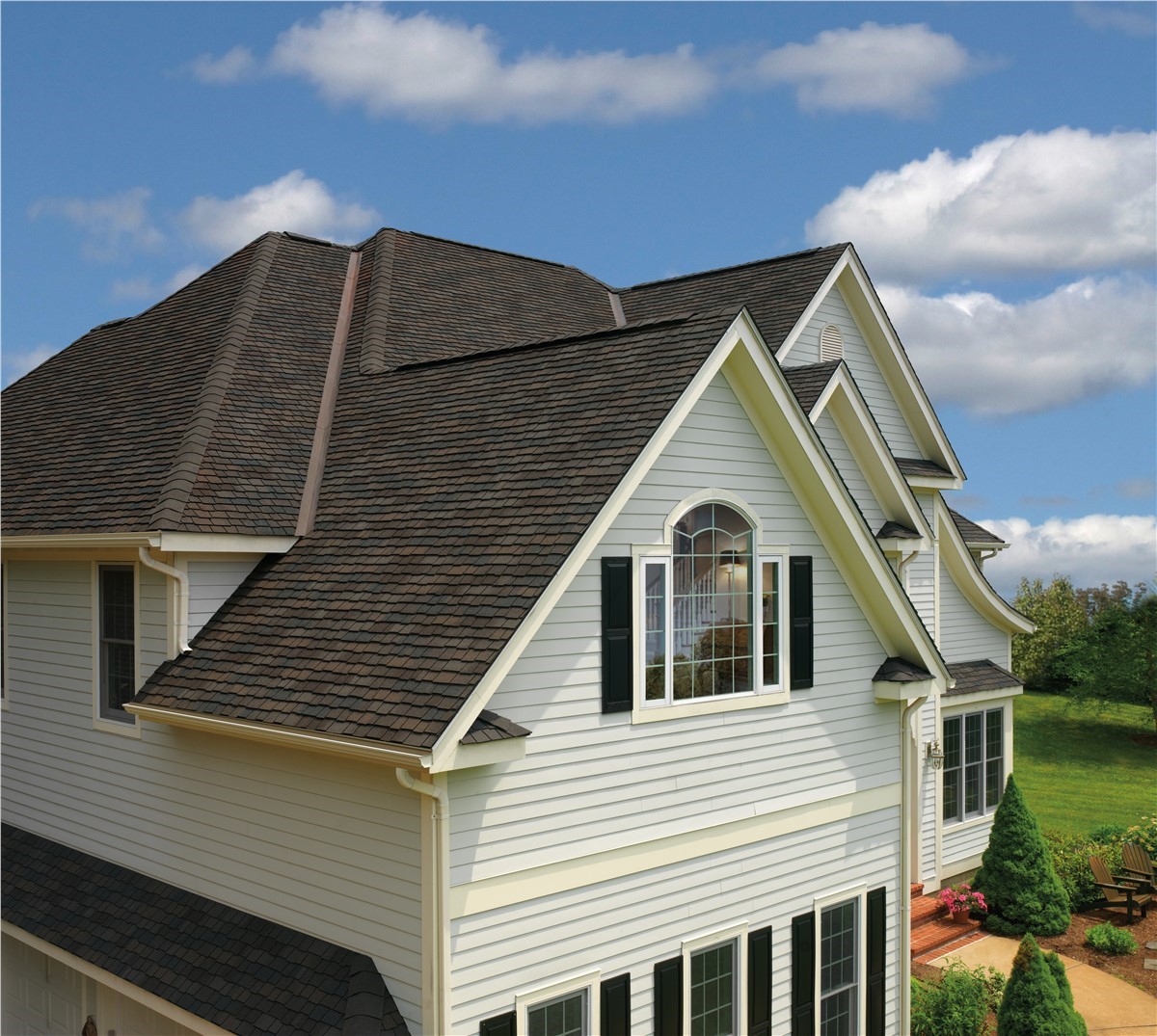
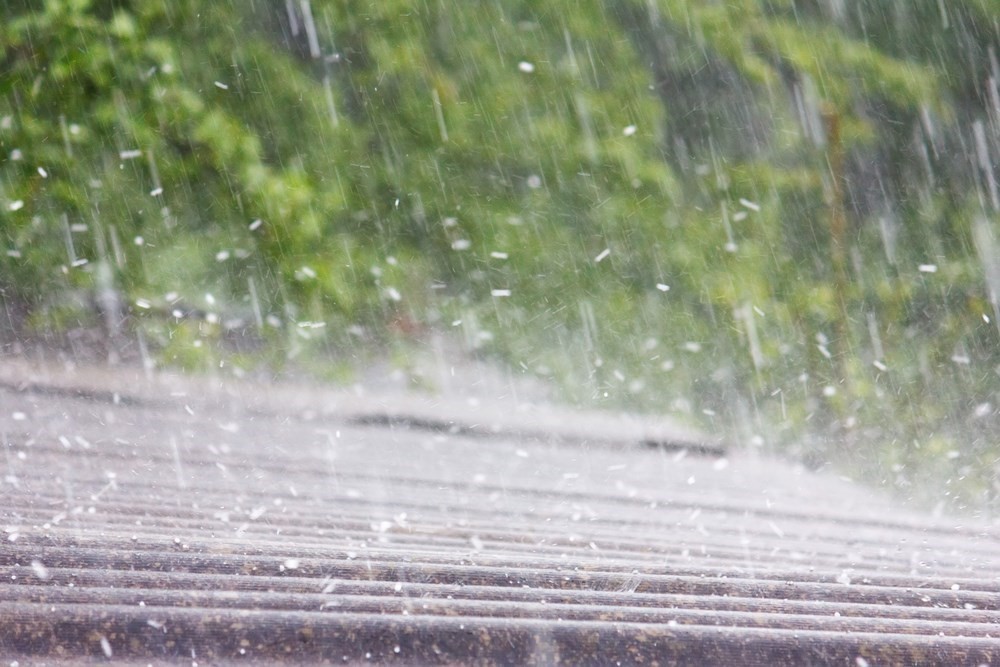
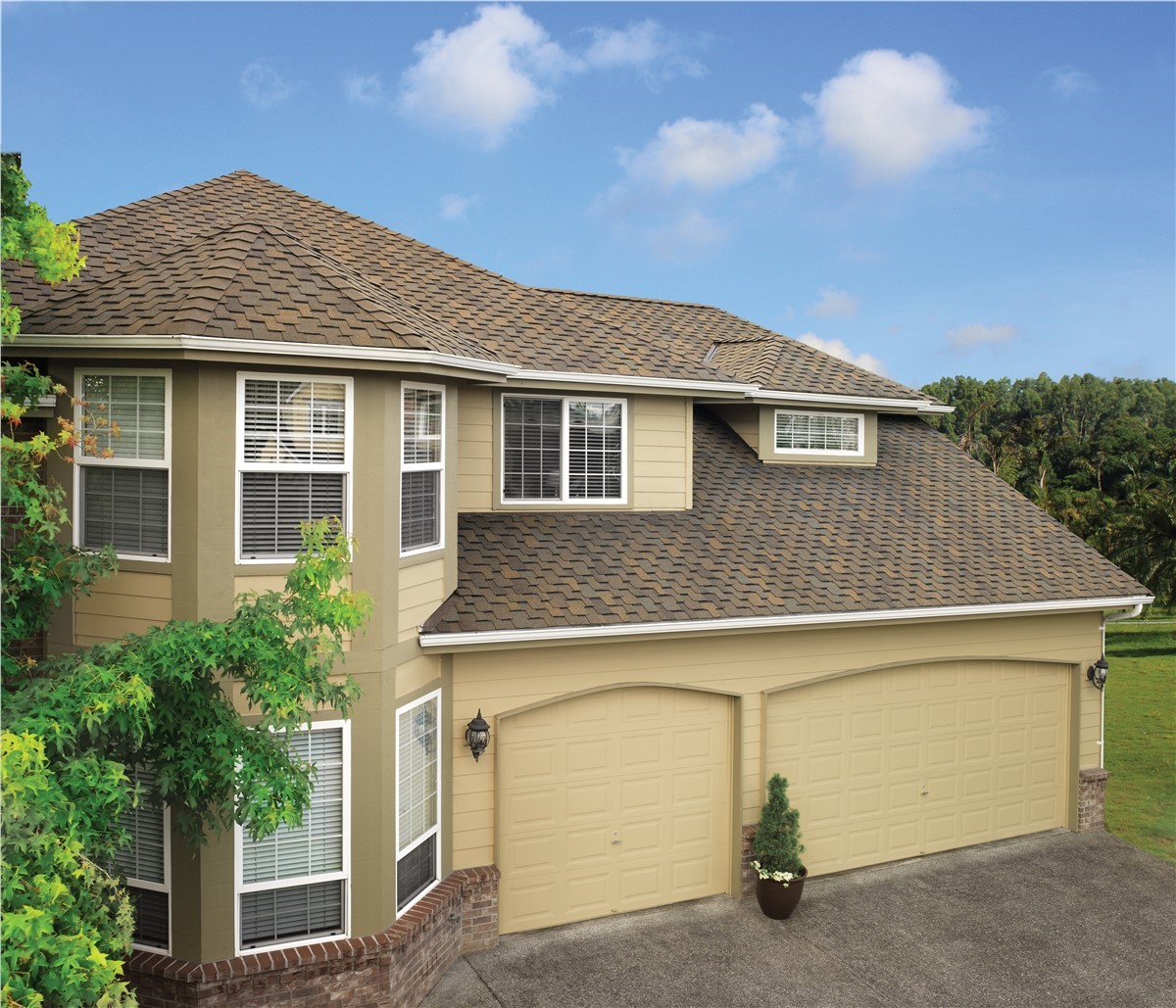
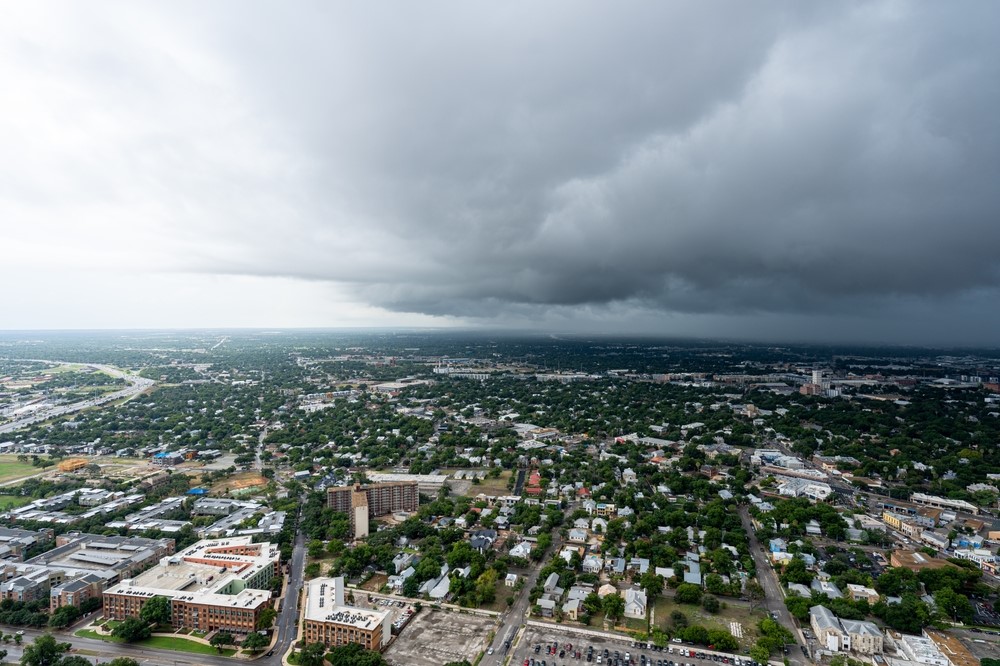

Comments